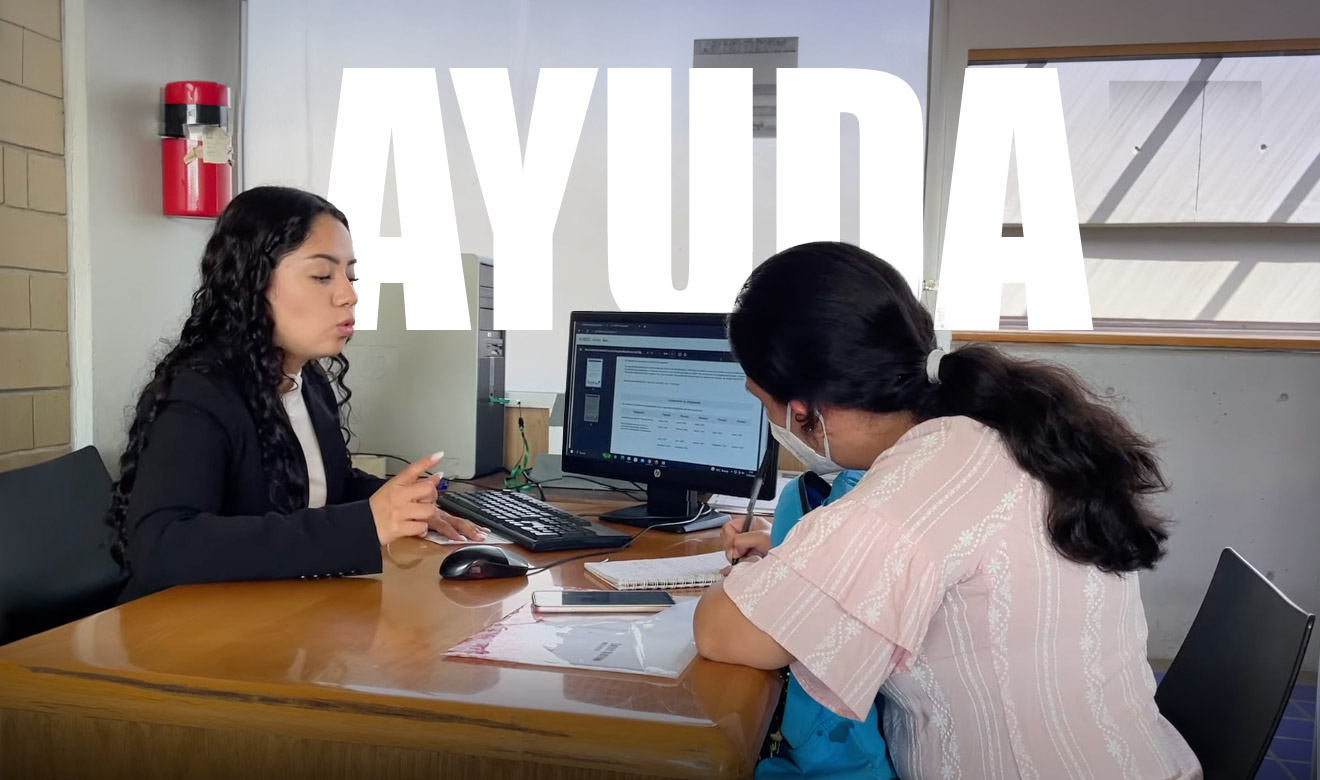The company wants to beat Apple at its own game.
It was the sort of thing Steve Jobs might’ve said at an Apple event: “It’s details like these we worked hard to get right—these little things that make the whole experience easier and more seamless.” But it wasn’t him—it was a guy named Clay Bavor.
Bavor is Google’s vice president for virtual reality, and he was talking about the company’s new VR headset. And in the hour before he climbed on a stage in San Francisco Tuesday morning, a slew of other Google executives shot off similar lines as they announced a new smartphone called Pixel, the first-ever Android phone designed entirely by Google.
The whole product-launch event sounded equal parts Google and Apple. It built on Google’s strengths—nearly two decades of search-engine dominance—at the same time as it took direct aim at Apple’s hardware throne.
Back in 2010, when Google released its first flagship smartphone, the Nexus, Apple was already on its fourth-generation iPhone. Google didn’t make Nexus phones itself—over the years, they were manufactured by the likes of HTC, Samsung, and LG—but they were the best way to experience Android as Google intended it to be used. (Carriers routinely install unnecessary apps, widgets, and skins on Android phones they sell.)
Apple had quite a head start on the design side. By seeing through the production of its phones from start to finish and meticulously designing the software that runs on them, it could tailor the user experience far more precisely than Google, working with a vast range of devices, ever could.
Google, on the other hand, had a big leg up on services. Between its search, email, maps, calendars, chat, and more recent offerings like Google Photos, even the most die-hard Apple fans spent—and still spend—a lot of their time on their iPhones using Google’s products.
In the intervening years, Apple took swipes at Google’s core competency. It made much-needed improvements to its iCloud services, while Siri brought digital assistants into the mainstream. Apple never quite caught up with Google’s offerings, but stayed close enough behind that the gap wasn’t enough to keep people from buying new iPhones.
Tuesday’s event was Google’s reply. The company is trying what Apple has done for years—creating both its software and hardware in-house—and the company’s executives aren’t shy about touting it. “We designed everything about Pixel, from the industrial design to the user experience,” said Rick Osterloh, Google’s senior vice president for hardware. “What really makes it come to life is how hardware and software come together.” Osterloh couldn’t resist a jab at Apple’s iPhones: “And there’s no unsightly camera bump!”
On the surface, the Pixel looks like it has a shot at rivaling the iPhone. Google says the phone’s camera is rated higher than the one in iPhone 7, and that a 15-minute charge can restore seven hours of battery life. (Until the benchmarks are in, we won’t know how the phones stack up against each other in terms of speed.)
And if the Pixel’s hardware measures up, its software offerings could make it the first device genuinely positioned to knock the iPhone off the premium-smartphone throne. It comes with unlimited, full-resolution backups for photos and 4K video, which promises to free up precious disk space, and thoroughly integrates Google Assistant, the company’s ever-evolving artificial-intelligence helper.
The Assistant’s onstage demos were impressive: It can extract requests from conversational questions, and follow up by asking for more information. (“What day would you like to make the reservation? What time? For how many?”) It seems far more useful than Siri, but still nowhere near perfect. Embarrassingly, it misheard one executive as he dictated a text to his wife in front of hundreds of thousands of viewers.
Building on its software edge, Google repeatedly emphasized another value that sets it apart from Apple: personalization. The company has tried to paint Apple as the brand for mindless conformists, which it contrasted Tuesday with the potential for artificial intelligence to “build a personal Google for each and every user.” Google has a staggering database of detailed information about its users, and it’s not afraid to use it. Location history, search patterns, voice queries, emails, and texts: With access to them all, the Assistant can piece together a pretty good picture of what a user is going to want to know next, perhaps even before it’s asked.










